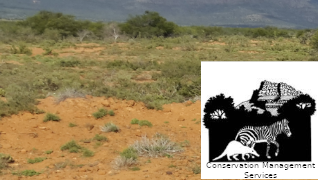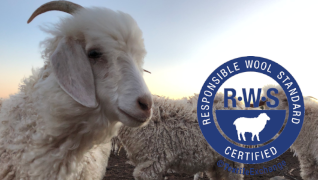

Degradation and Rehabilitation Programme
The purpose of this programme is to assess the habitat degradation status and implement mitigation measures needed to facilitate the improvement of ecological processes and enhancement of ecosystem functioning in affected areas.
The national policy on the conservation and sustainable use of South Africa’s biodiversity, produced by DEA calls for the identification of key sites for rehabilitation based upon biological and socioeconomic criteria, and the development and implementation of rehabilitation plans for identified sites. Similarly, the Convention on Biological Diversity lists rehabilitation as an important tool for promoting the conservation of biodiversity.
Soil erosion is dominant in old cultivated lands, along drainage lines and in some wetland systems where erosion head-cuts result in transformation or desiccation of the wetlands. Often degradation is accompanied by loss of ecosystem functioning and the extent of transformation or change in some areas results in these areas being unable to undergo passive rehabilitation without mitigation measures to facilitate recovery. Vegetation degradation includes changes in vegetation community in terms of richness, abundance, diversity and structure. Degradation resulting from various factors, including climate perturbations and extreme events, inappropriate fire or herbivory regimes, alien species invasion, as well as human activities, generally reduces flows of ecosystem goods and services. Although some of these are natural processes, intervention may be required to aid recovery in protected areas where natural recovery processes are retarded or prohibited as a result of fragmented habitat surrounded by alternative land use. Degradation affects the capacity of the habitat to support life, thereby contributing to an unsustainable ecological system.
The programme is aimed to firstly understand the scale of soil erosion degradation within the Protected Environment, then to prioritise the sites for intervention and to rehabilitate these sites. The aim is to focus on capacitiating landowners and their farm staff to rehibilitate their own properties through training oppertunities and the access to rehabilitation equipment and materials. SANParks is committed to providing assistance though the Biodiveristy Social Project.

The MZCPE conducted a survey of the area to idenitfy areas of soil erosion, classify the types and their extent. This survey was done by Bruce Taplin under Conservation Management Services and has become a valuable resource in guiding the member's interventions in the landscape.
Photo supplied by Bruce Taplin

A number of the MZCPE members are participating in the Responsible Wool and Mohair Standard which is an industry driven assurance programme. As part of the RWS/RMS, there is a land management module that addresses soil erosion. Members participating in this are assisted by the MZCPE and its management plan tool.
The MZCPE is coordinated by a steering committee that routinely changes. The steering committee does not occupy an office, therefore contact should be initiated via email and follow up communications will follow via a suitable platform guided by the right representative.
Email address: admin@mzcpe.co.za
